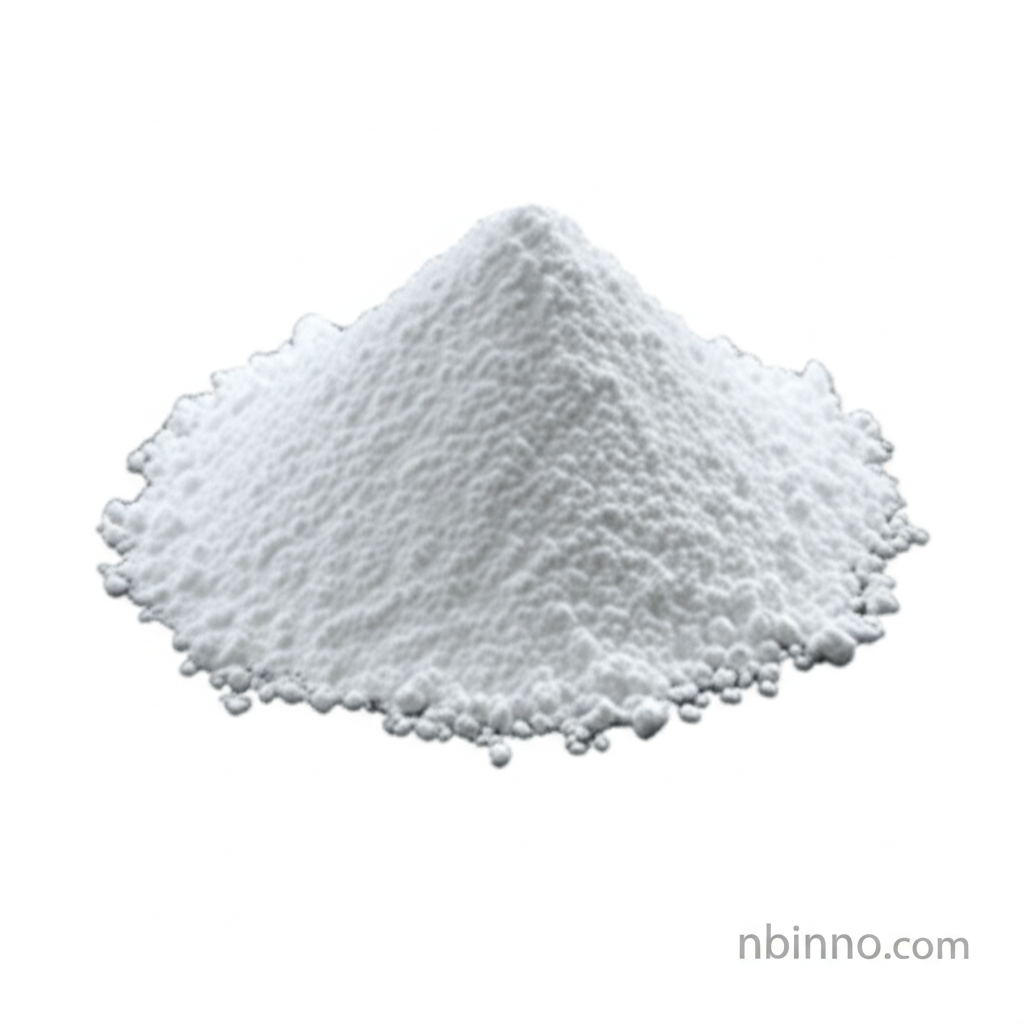2,6-Dimethylquinoline CAS 877-43-0: A Versatile Chemical Intermediate
Explore the essential role of 2,6-Dimethylquinoline in driving innovation across pharmaceuticals, agrochemicals, and advanced materials.
Get a Quote & SampleProduct Core Value

2,6-Dimethylquinoline
2,6-Dimethylquinoline is a critical chemical intermediate, widely recognized for its utility as a fundamental building block in complex organic synthesis. Its unique structure enables the creation of diverse molecules, making it invaluable for research and industrial applications.
- Discover the application of 2,6-dimethylquinoline in complex organic synthesis projects. Its structural features allow for intricate molecular constructions, essential for developing new compounds.
- Leverage 2,6-dimethylquinoline as a key building block for pharmaceuticals and agrochemicals, driving advancements in medicine and crop protection.
- Explore the use of 2,6-dimethylquinoline in the production of fluorescent dyes, enhancing imaging and diagnostic capabilities in various scientific fields.
- Utilize 2,6-dimethylquinoline for its effectiveness as a corrosion inhibitor, offering superior protection for metals in demanding industrial environments.
Advantages of 2,6-Dimethylquinoline
High Purity and Quality
With a purity of 97% minimum, 2,6-dimethylquinoline ensures reliable results in your chemical synthesis and research, supporting consistent product development.
Versatile Chemical Intermediate
The adaptability of 2,6-dimethylquinoline as a chemical intermediate allows it to serve multiple roles, from pharmaceutical precursors to material science components, making it a cost-effective choice.
Facilitates Innovation
As a key building block, 2,6-dimethylquinoline empowers researchers to explore novel compounds and applications, particularly when investigating the properties of quinoline derivatives in organic synthesis.
Key Applications
Organic Synthesis
Serves as a versatile building block in the synthesis of various organic molecules, particularly in the development of pharmaceuticals and agrochemicals, demonstrating its utility in creating complex molecular structures efficiently.
Pharmaceutical Intermediates
Essential for the creation of drug candidates and therapeutic agents, contributing to advancements in medicinal chemistry and drug discovery.
Agrochemicals
Used in the development of pesticides and other agricultural chemicals, contributing to improved crop yields and protection.
Fluorescent Dyes and Material Science
Employed in the production of fluorescent dyes and in research for new materials, including polymers and coatings, highlighting its broad applicability in scientific research.
